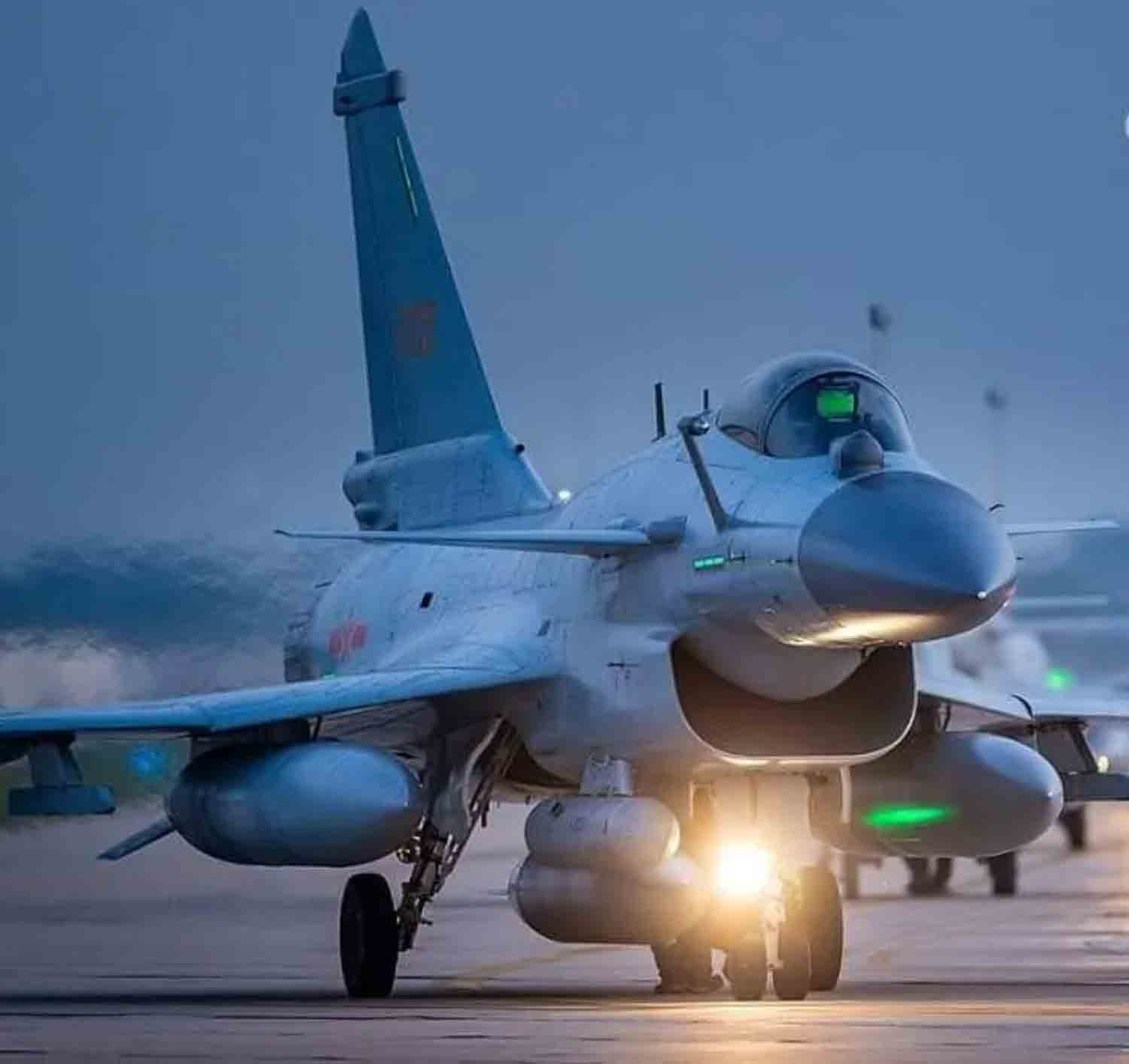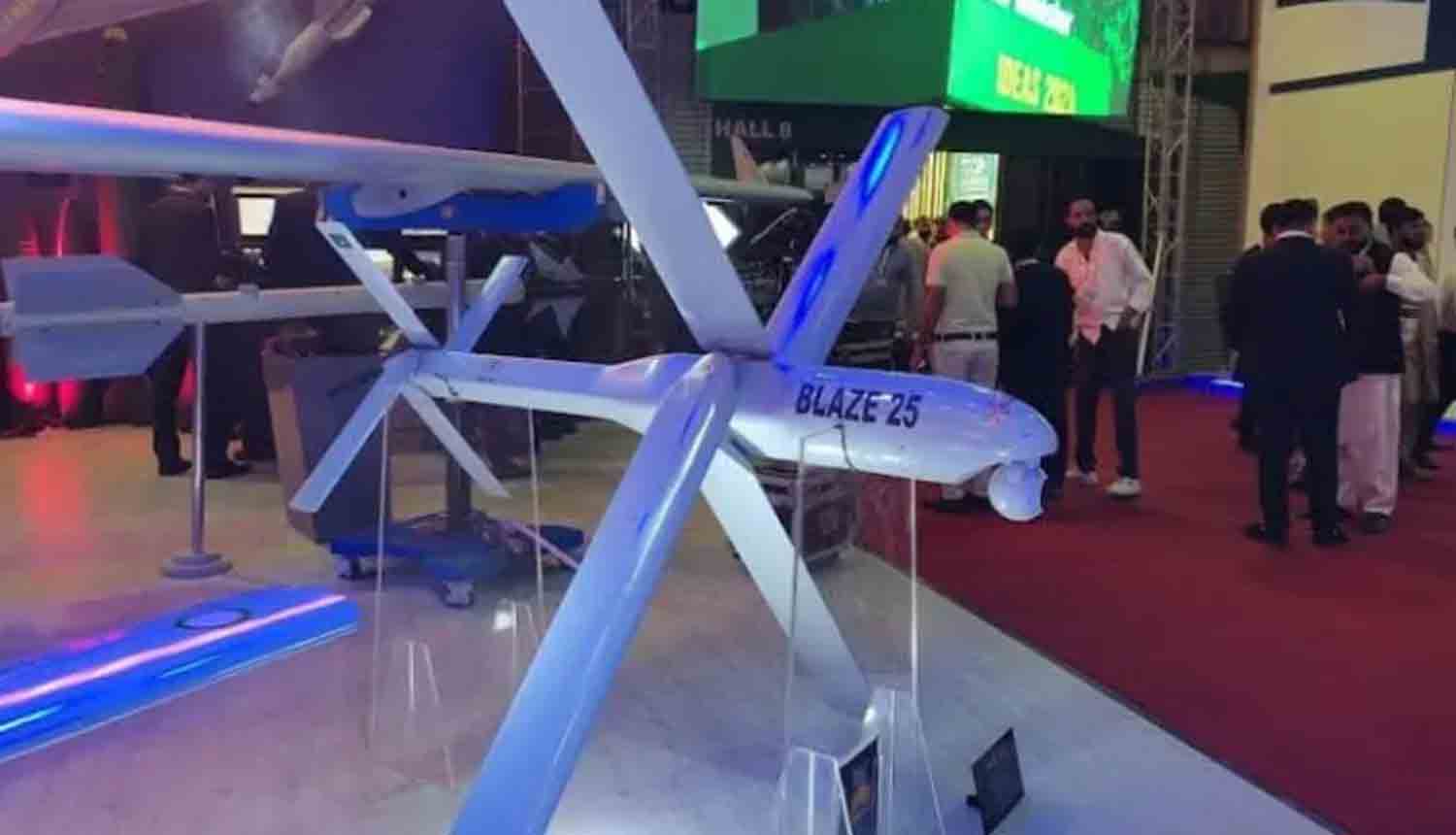Concerns are escalating within Israel‘s defense and security sectors following Egypt‘s recent acquisition of Chinese-made J-10C fighters and long-range PL-15 air-to-air missiles, which have sent ripples of anxiety throughout the region. Israeli defense analysts caution that Egypt’s possession of the J-10C “Vigorous Dragon” and the PL-15 Beyond Visual Range (BVR) missile could significantly enhance its air force capabilities, potentially altering the aerial power dynamics in the Middle East.
The PL-15 missile, featuring Active Electronically Scanned Array (AESA) radar, is capable of reaching speeds of Mach 4 and is estimated to have an operational range exceeding 300 kilometers, positioning it among the longest-range air-to-air missiles globally.
The Israeli defense platform Nziv highlights that Egypt’s acquisition of the advanced 4.5-generation J-10C “Vigorous Dragon” represents more than a mere military enhancement; it signifies a strategic initiative to modernize its air force and reduce dependence on American military technology.
Israel’s apprehension extends beyond Egypt’s advanced fighter jets; the primary concern is the integration of the PL-15 missile into Egypt’s military capabilities. This state-of-the-art weapon, designed for BVR engagements, empowers Egyptian aircraft to engage adversaries from considerable distances, fundamentally altering the nature of aerial combat in a manner that is particularly alarming for Israel.
For many years, Israel has maintained air superiority, bolstered by a sophisticated array of American military assets, including the advanced fifth-generation F-35 stealth fighters and cutting-edge air defense systems. However, this dominance is now confronted with an unprecedented challenge. The introduction of China’s PL-15 missile into Egypt’s military inventory threatens to disrupt the established balance of aerial power, as it surpasses the American AIM-120 AMRAAM in both range and accuracy.
Egypt operates a fleet of 54 Rafale fighter jets manufactured in France; however, it has been denied access to the advanced long-range METEOR missile, a European weapon that could significantly enhance its air capabilities. The limitations extend further, as Egypt’s F-16 jets are also prohibited from utilizing AIM-120 AMRAAM missiles and AIM-9X short-range air-to-air missiles, placing its air force in a precarious position.
The denial of the METEOR missile to Egypt is primarily attributed to Israel’s persistent opposition to any efforts by France to equip Cairo’s Rafale jets with this transformative weapon. Consequently, Egypt’s Rafale fleet remains without the METEOR beyond-visual-range missile, not due to any technical constraints, but rather because of Israel’s vigorous efforts to maintain its Qualitative Military Edge (QME) over its regional adversary.
Israel’s concerns are well-founded; the prospect of Egyptian Rafales, equipped with METEOR missiles, engaging Israeli F-16s and F-15s in a conflict is a scenario that cannot be overlooked. To avert such a shift in military balance, Israel has applied continuous diplomatic pressure on France to keep the METEOR missile out of Egypt’s arsenal.
However, Israel now confronts a new and alarming situation—Egypt’s acquisition of Chinese-made J-10C fighter jets and the long-range PL-15 air-to-air missile has created significant unease in the region. Reports from Defence Security Asia suggest that Egypt may have already received its initial batch of J-10CE fighter jets, each armed with the powerful PL-15 missile, a development that could alter the dynamics of aerial warfare in the Middle East.
Chinese aerospace analyst Hurin recently fueled speculation by posting images on his social media platform X, showcasing two Egyptian J-10CE fighters in operation. Egypt is reportedly not halting its advancements, as the Egyptian Air Force is expected to procure as many as 40 J-10CE fighters from China, significantly enhancing its air capabilities in a manner that poses increasing challenges for Israel.
The J-10CE represents the export version of the J-10C “Vigorous Dragon,” an advanced 4.5-generation fighter jet created by Chengdu Aircraft Corporation for the People’s Liberation Army Air Force (PLAAF).
Central to the growing apprehension is the PL-15 missile, a Beyond Visual Range (BVR) air-to-air weapon engineered to provide Chinese fighter jets with a substantial edge in aerial engagements. Developed by the China Academy of Launch Vehicle Technology (CALT), the PL-15 is now considered one of the most sophisticated BVR missiles globally, comparable to the American AIM-120D AMRAAM and the European METEOR.
For Israel, this evolving airpower dynamic represents not just a challenge but a direct threat to its historical dominance in the skies.
Discover more from Defence Talks | Defense News Hub, Military Updates, Security Insights
Subscribe to get the latest posts sent to your email.





